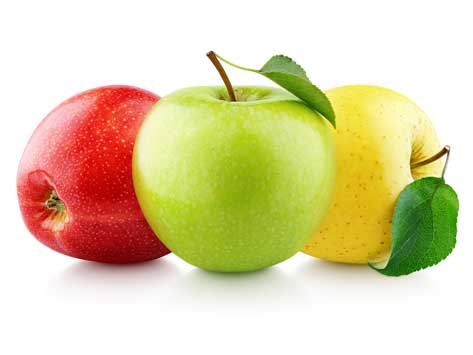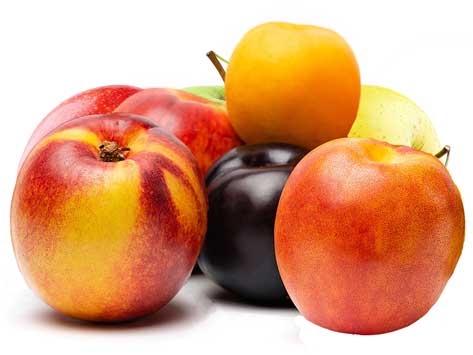
Botanical Name: Citrus Paradisi
Fruit Characteristics: Beautiful red juicy flesh that is low in acid.
Blossoms: White
Pollination: Self-fertile
Height: Dwarfing rootstock – 2m x 2 m when planted in the ground in appropriate conditions.
Fruiting Season: Jun - Sep
Preferred Climate: Subtropical
Location: Full sun – minimum 8 hours
Suitable for pots: Yes
Suitable in the ground: Yes
Recommended Planting: All year
Care: Two special requirements - Keeping your multi-grafted fruit tree balanced and removing rootstock.
Notes: For more information on this citrus variety go to our Fruit in Focus – Ruby Grapefruit






















